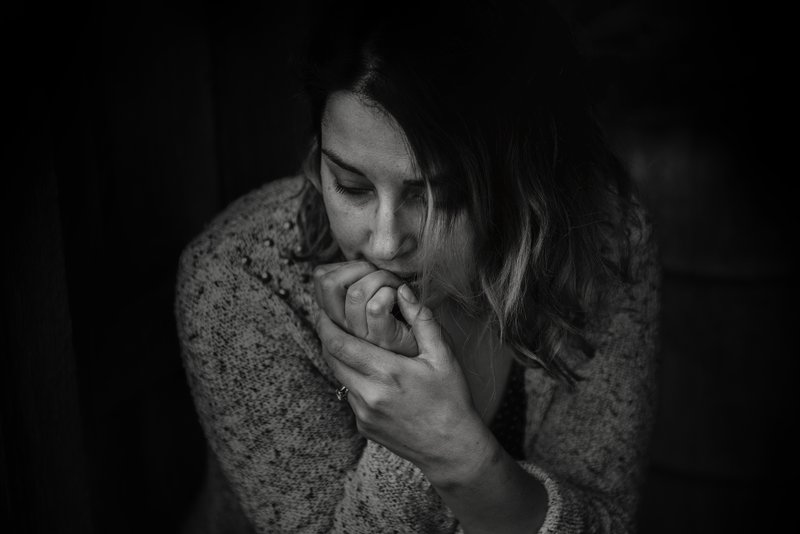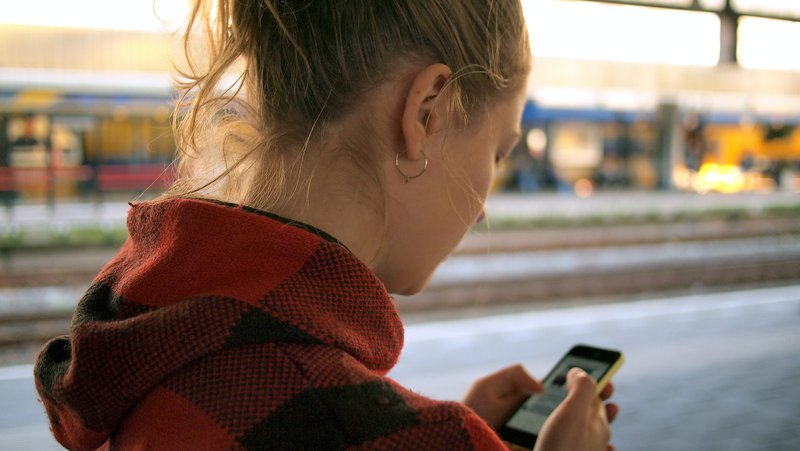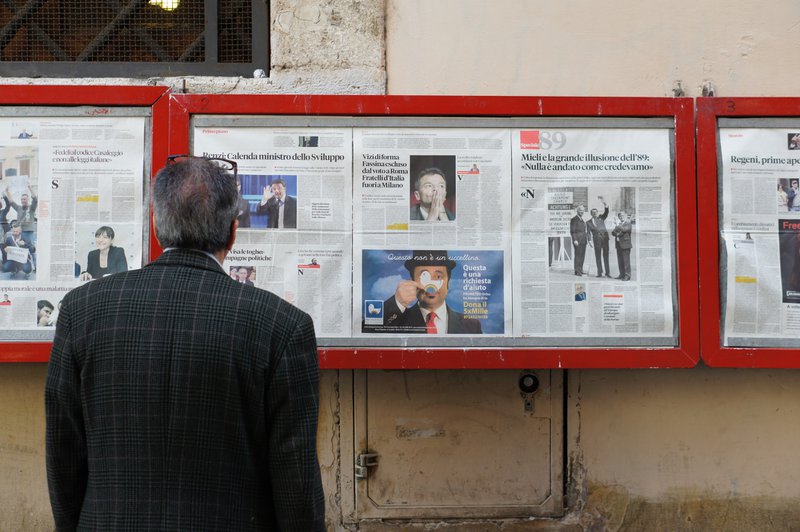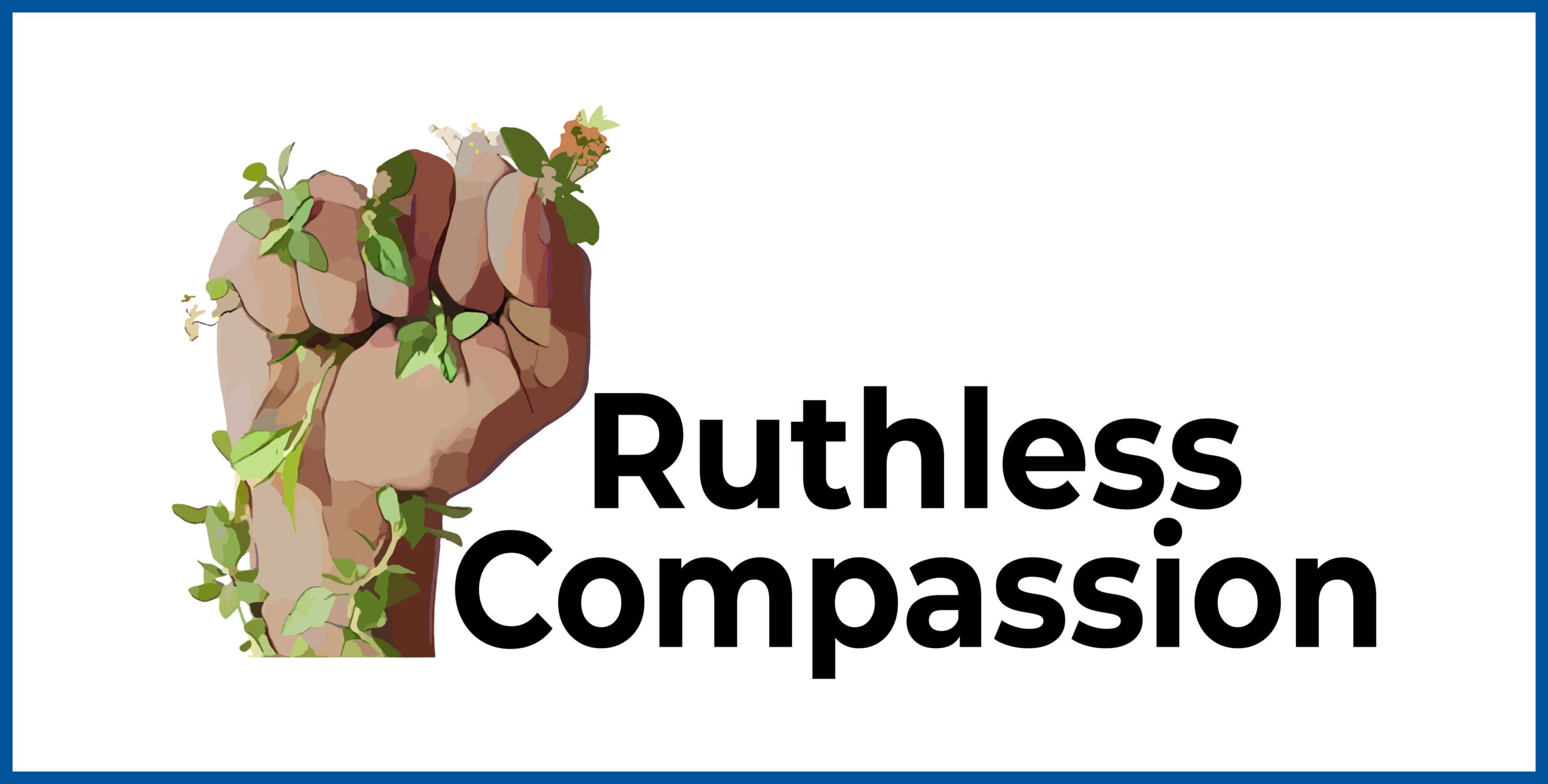The trauma extends to the Ukrainian people and to those of us watching coverage of the invasion
The whole world is watching as Putin continues his unprecedented assault on Ukraine. It’s a horrifying situation for the people of that country and for their friends and family abroad. Outside of Russia and Ukraine, Canada is home to the largest Ukrainian community in the world. It’s heart-breaking and worrisome for Canadians who are watching the events unfold.
The trauma to the population of Ukraine will linger on for decades after this invasion— that’s clear. My heart goes out to the children, especially. But the Ukrainian people aren’t the only ones affected by this nightmare. It also has an impact on those of us who are following the coverage of the invasion.
How badly the news is affecting us depends in part on how closely we’re following the stories and on where we’re getting our information from. These days, with so many available sources of information online, we have access to immediate, unfiltered images of the invasion of Ukraine. Many of these images are deeply disturbing and they’re having a powerful effect on the viewers.

We can experience vicarious trauma by watching graphic images of the siege of Ukraine
People can be traumatized both directly and indirectly. We can develop PTSD symptoms by having a direct experience of war—like what the Ukrainian people are experiencing right now—but we can also develop stress symptoms by viewing disturbing images of the conflict. It’s called vicarious trauma. The brain reacts as though the things we’re seeing are actually happening to us.
Many people have been losing sleep at night after viewing graphic images of the war online. They want to do something positive for the people of Ukraine, but watching the coverage is making them more distracted and forgetful. They’re moody and short-tempered. They’re anxious and weepy.
It’s important to stay informed so that we can help the Ukrainian people in whatever way we can, but we don’t have to cause ourselves psychological harm by repeatedly viewing images that are so distressing. It’s all about finding a balance.

We need to avoid doomscrolling
Doomscrolling is the act of obsessively checking media outlets and exposing ourselves to an excessive amount of negative news. In a recent article in Psychology Today, the author, Joe Pierre, warns against doomscrolling and advises us that while it’s important to know the facts about what’s going on in Ukraine, too much graphic content can be overwhelming. We can become incapacitated and unable to offer any help at all.
An article in Time Magazine describes the mental health impact of watching a war online, saying that while traditional news outlets tend to edit the content that they consider too graphic to show, online media has no such filter, resulting in potential harm to the viewer’s emotional well-being.

We need to avoid misinformation
Both articles mention the risk of misinformation, describing how online media has no fact-checkers and often can be quite biased. There’s a danger to our mental health when we consume inflammatory misinformation.
It’s important to keep informed but it’s equally important to determine which sources of information are reliable and which are spouting baseless opinions—those which can cause us undue mental stress.

We can identify our own personal warning signs of stress
An article by Amnesty International describes how we can identify our own personal warning signs that we’ve been taking in too much disturbing content. For me, I know that it’s too much when I start being even more absent-minded than usual. For someone else, it might be binge eating or drinking to excess.
If we notice when we’re getting overloaded and upset, we can step away for a while and choose to focus on something less distressing. I, personally, like to watch baking shows.
All of the above articles warn about the dangers of being in denial, saying that avoiding any mention of upsetting news is equally problematic as it makes us helpless in the face of dangerous world events. Awareness equals empowerment. However, occasionally stepping away from coverage of the war is not about denial. It’s about self-care.

We can cut down on the amount of distressing content coming in
The Amnesty International article suggests using social media tools to cut down on the distressing content coming in. You can turn off auto-play, cover certain images with your hand, turn off the volume in some videos or deactivate auto-download on WhatsApp. All of these things can spare you from ingesting too much upsetting content.
There are many ways to take a break from the news. You don’t have to turn on baking shows like I do, but you can find other activities that can help you to relax and decompress when coverage of the war is stressing you out. I also like to play with my cats, go for walks, work on my novel and spend time with my loved ones. Everyone needs positive activities to balance out the bad news assaulting us these days.

There is a real mental health risk to watching coverage of the Ukrainian war
Without in any way minimizing the horrors that the people of Ukraine are facing right now, I wanted to point out that there’s a mental health risk to those of us watching coverage of the war.
We Canadians are lucky that we’re still living in relative peace and prosperity. As a result, we might be tempted to downplay the vicarious trauma of watching the siege of Ukraine online. But ignoring our mental health turns us into the walking wounded.
As long as we make sure to find a balance between being informed and protecting our psyche, and as long as we seek out reputable, reliable sources of information, we can maximize our ability to help those in need while still protecting our psychological well-being.
______
Sign up here for my free biweekly wellness newsletter that brings you fresh, thought-provoking content.
Subscribe to my YouTube Channel where you’ll learn simple tips for taking the best care of yourself and your loved ones.
Tune in to my Ruthless Compassion Podcast where I go in-depth about topics like mental health, trauma, and loneliness.




